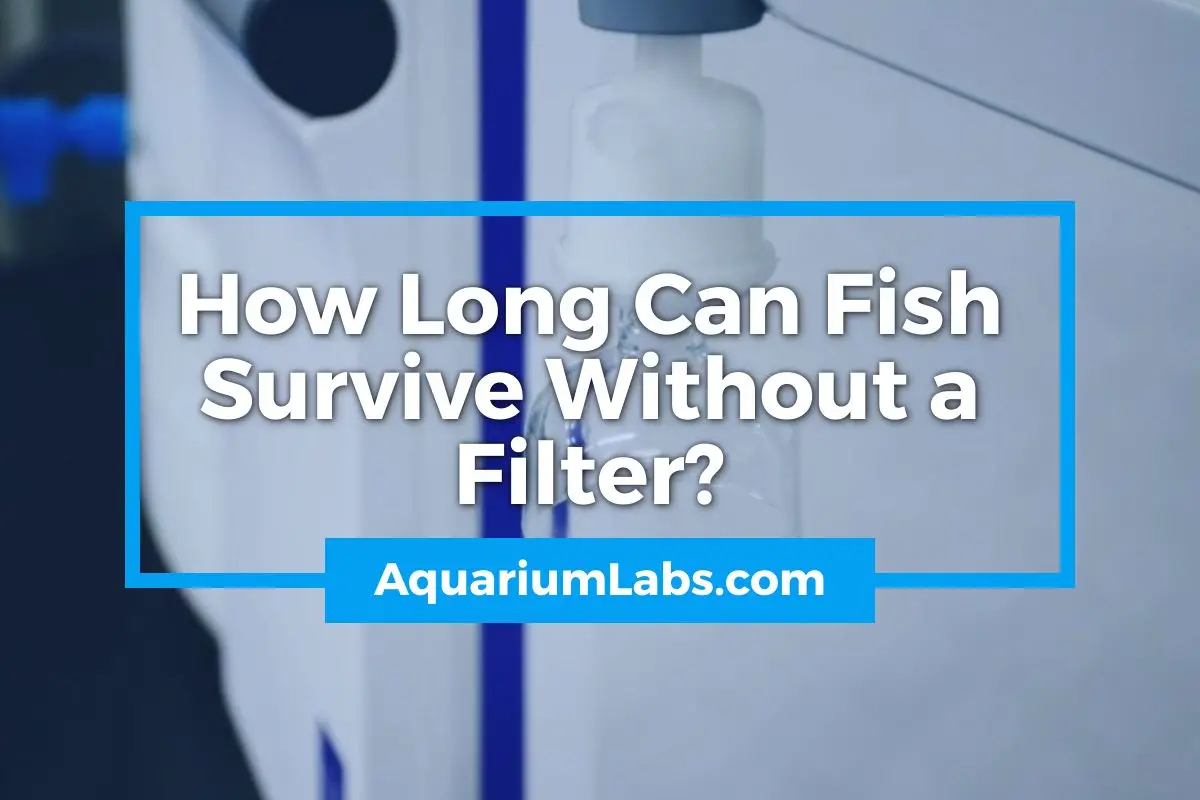A filter is an essential part of the fish-keeping hobby. It is the aspect of your aquarium that processes waste, circulates water, and otherwise ensures your fish can live in a small box cut off from nature!
So what happens if the filter gets cut off briefly – or for an extended period? Will half the tank suddenly die, or will your fish survive without a filter just fine? And how long can fish survive without a filter?
Why Does My Fish Tank Need a Filter?
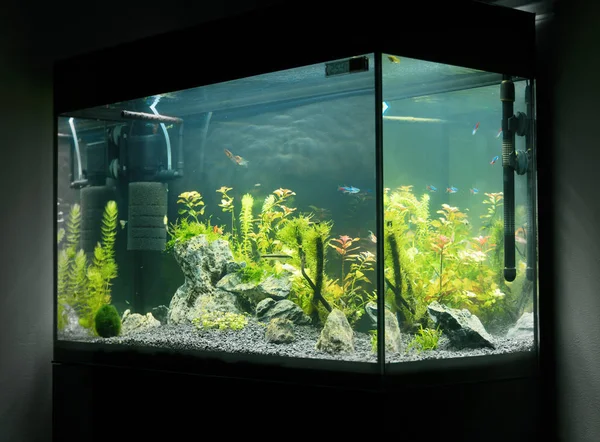
A fish filter is an extremely important aspect of your aquarium ecosystem. Without a filter, ammonia and other nitrogenous waste products would accumulate to dangerous levels.
Filters contain mechanical media, which can strain the water free of floating particles of debris. They also hold chemical media that removes dissolved molecules and biological media, where bacteria that further purify your water live.
In nature, rocks, soil, plants, animals, germs, and the vast bodies of water that they live in all help keep fish alive. But in a fish tank, the water volume is so small that fish keepers need to step in with technology.
What Fish Don’t Need a Filter?
Nearly all fish tank designs need a filter. Goldfish and betta fish bowls have been popular for a long time, but only because beginners are unaware of the true needs of their fish. Filterless bowls lack the water flow needed for good oxygen content.
And without a filter, fish waste levels become dangerous to the occupants. Goldfish and betta fish are very resistant to ammonia because these fish live in shallow ponds and other stagnant bodies of water in the wild.
But it’s still common to find these fish dying in a filterless system.
White cloud mountain minnows (Tanichthys albonubes) are another popular option in the fish-keeping world if you are looking for filterless-hardy fish. They are small cyprinids from China and Vietnam that are closely related to goldfish, barbs, and danios.
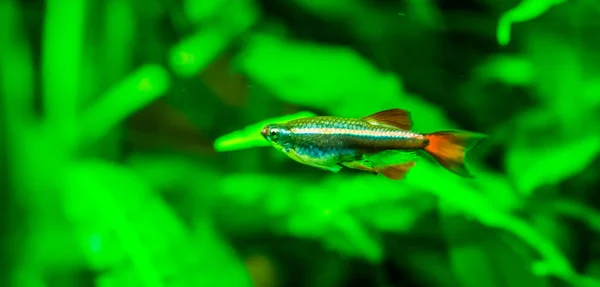
White cloud mountain minnows are sometimes called “poor man’s neon tetras” because they have a similar look thanks to their silvery stripe and hints of red. But they have no blue to show off with; white clouds are more of a subtle brown color.
But overall, the vast majority of fish live best in aquariums with a running and fully mature filter. Without one, you are asking for a lot of trouble for yourself.
There are also quite a few natural filtration methods that more experienced aquarists have been using for many decades. They do require that the fish tank be designed around them, however. You can’t just decide to remove it and expect your fish to live without a filter.
One filter-less design is the Walstad method. It was originally designed by Diana Walstad, a naturalist and avid aquarist interested in the interactions between fish and plants. She realized that the substrate and greenery could act as a filter in fish tanks full of aquatic plants rooted in the soil.
This is exactly the same process that occurs in a natural environment: plants keep the oxygen content high, remove carbon dioxide from the system, and soak up ammonia and other fish waste. And the fish breathe in the oxygen while releasing CO2 and fertilizer for the plants in symbiotic exchange!
The soil also acts as a living space for beneficial bacteria to colonize as well as a medium for plant roots. If you’re interested, this video does an excellent job breaking down the benefits of filter-less Walstad aquariums. And it even covers the whole process of how to set one up!
Will My Fish Die if I Turn Off the Filter?
If you have filters on your aquariums, then there are a few reasons not to leave it running continually. But if, for some reason, you need to turn off the filters (or perhaps a power outage happens), then what will happen to the ideal environment? Will your fish live without a filter for an extended period, or will their life expectancy start to drop right away?
The exact timetable depends on how crowded your entire tank is, the water temperature, and how efficient your live bacteria are. The population of your fish tank will determine how much waste starts to accumulate.

The more fish you have, the faster ammonia levels will rise. This process can be slowed down in large tanks since the ammonia is effectively diluted by the larger volume of water relative to a small tank.
The water temperature impacts the levels of dissolved oxygen. Colder water holds more oxygen than warm water does. Unfortunately, we don’t want to chill our fish, especially in an event as stressful as the filter no longer running.
Normally we would get water flow from the filter’s outflow of purified water. So if the filters aren’t running, we may need to get more oxygen to our fish somehow, depending on how long the unit will be off.
If you still have electricity (or battery power), an air pump can more than make up for the oxygen deficit. Battery-powered air pumps are an essential tool to have on hand if you know you live in an area prone to the occasional power outage.
The current they create will also ensure heat is evenly distributed throughout the fish tank.
Can Fish Go a Night Without a Filter?
Fish survive swings in oxygen and other parameters all of the time in nature. So long as the levels don’t become fatally low or high, there is little to worry about.
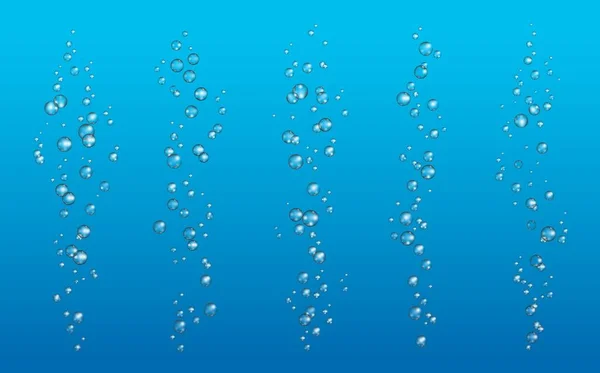
If your fish live without a filter for one night, there likely won’t be any major problems as long as the aquarium is not overcrowded or already high in ammonia and other toxic chemicals. But if your tank is already on the brink, shutting off all water flow can cause
What Happens When Fish Have No Filter?
If your fish have no choice but to go without a filter for some period, then it is a good idea to understand the whole process. Once filters are shut off, what happens in your aquarium over time? And how can we prevent these problems from harming our fish?
Build-Up of Toxic Chemicals
The primary job of a filter is to use mechanical and chemical media, plus live bacteria, to remove all of the toxic chemicals that build up in an aquarium. When this process stops, the build-up will grow worse. The whole process depends on how many fish you have – the more fish you have, the faster the build-up.
You can take the place of your filters somewhat by performing small daily water changes to remove excess ammonia.
But these water changes don’t make up for the lack of oxygenating and heat transporting water flow. Nor does it ensure your beneficial bacteria get enough oxygen to remain alive to process ammonia effectively.
Loss of Oxygen Supply
How can you tell if an aquarium is too low in oxygen? After all, oxygen is an invisible gas that can’t be easily detected.
One way to tell is to watch your fish. When oxygen levels become dangerously low, they will start swimming around the regions of the aquarium where levels are the highest.
If the water circulation has been shut off, this is always near the surface (though in shallow water, this can be less clear).

Fish start “gasping” near the surface since that is where oxygen diffuses into the water column. Even bottom-dwelling fish like corydoras and plecostomus might start swimming near the surface of the aquarium constantly in order to avoid suffocating at the bottom.
Lack of oxygen is just as deadly as too much ammonia. So watch carefully for these signals in your aquarium fish!
Fish Start Dying
The last stage is that fish survive less and less. Ammonia levels become too high and oxygen levels too low in the aquarium. Once this happens, you will start seeing increased signs of stress.
Your fish may become lethargic and stop swimming near the top of the aquarium. Eventually, they succumb to ammonia burns, lack of oxygen, and other issues and start to die off.
How Long Can Fish Survive Without a Filter?
The first thing you should do is avoid feeding your fish when the filter is off. For one, leftover food missed by bottom-dwelling fish will accumulate, which will decay directly into ammonia.
Fish poop also causes ammonia levels to rise but much more slowly since the fish have absorbed much of the nutrients bound up in food.
Fish can go for one or more weeks without eating; they are in no danger of starving as long as you know your aquarium filters will be up and running again soon. So in order to help your fish survive when the filter is off, don’t feed until the power outage is over with.
Next, we should be looking for some alternative method of getting water circulation back to your fish. Water flow ensures that oxygen and heat get around the entire system.
Oxygen is also important to keeping toxic chemicals in check because the live bacteria that break down these agents are aerobic (meaning they breathe oxygen).
If they lack oxygen, which can happen if water circulation gets shut down, they can no longer do their job. The best options for water movement as listed above include battery-powered air pumps and other flow and oxygenation devices separate from your filter!
For extended periods without a filter, you should be testing the water quality daily to ensure the tank is healthy for your pets. If you do a water parameter test and find a problem, it may be necessary to do a water change to get the aquarium clean again.
Wrapping Things Up
Since filters are the life support system for an aquarium, having them shut off suddenly is a major issue to deal with.
Your fish won’t immediately die; after all, plenty of oxygen and heat are available. And in a healthy aquarium, ammonia levels should be nondetectable.
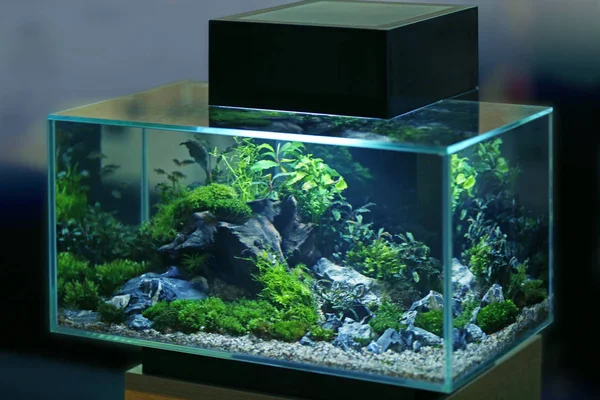
For short periods fish survive without filters running in an aquarium okay so long as the system is not already stressed by overcrowding.
But if your filters are shut off for an extended period – or your aquarium is already polluted somehow – living conditions can become less than ideal very quickly.
Related Reading:
- Can You Over Filter a Fish Tank?
- Why Does My Tank Get Dirty So Fast?
- How Long Can Fish Tanks Go Without Power?
- Do Fish Not Like When We Tap On the Glass?
- How to Keep My Fish From Getting Stuck in the Filter?

